By Christopher Miskimon
Iron Bottom Sound was full of transport ships unloading supplies in the early afternoon sun on November 12, 1942. The area was named Iron Bottom for the large number of ships that lay under the waves offshore from Guadalcanal, the site of the first large-scale Japanese-American fighting since the Philippines a half year earlier. The enemy was nearby, so sleek destroyers plied the waters as well, hovering around the transports like sheepdogs protecting their herd. Among them were the USS O’Bannon and USS Fletcher, a pair of new ships only recently commissioned; both had been in the Pacific for only a month. They each sported 10 torpedo tubes and five 5-inch cannons along with a larger number of 20mm and 40mm antiaircraft guns. They would need them soon.
Three separate flights of Japanese torpedo bombers appeared overhead, each flying in from a different direction. O’Bannon and Fletcher formed up with the other destroyers, creating a tight screen around the transports. Some zigzagged to present a more difficult target. Soon the air was filled with projectiles, all of them seeking an enemy plane to smash. Gun crews fed ammunition to their hungry weapons while gunners aimed and fired. Meanwhile, the Japanese aircraft soared past, desperate to reach the vulnerable and valuable transports with their vital supplies.
O’Bannon’s gunners soon found the range, sending a torpedo bomber tumbling into the ocean, quickly followed by another. The ship fired over 800 rounds in 43 minutes, and her commander reported damaging two more planes as well. Fletcher had even better results. Seaman First Class D.H. Dahlke, manning a 20mm gun, sent numerous rounds crashing into the cockpit and nose of an aircraft. Another 20mm gunner, E.G. Walker, hit a plane and walked his fire down with it until it hit the water and then gave it a few more rounds for good effect. Several more torpedo bombers passed Fletcher on both sides and to the stern, drawing even more fire from the ship. When the attack ended, the crew claimed five planes shot down. Neither destroyer suffered casualties or damage.
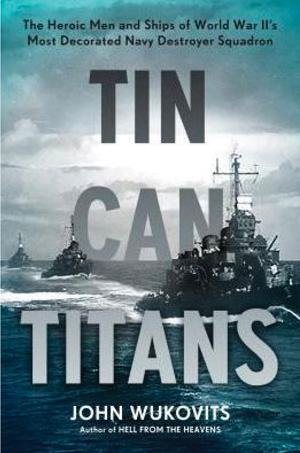 This was the first combat action for either ship, and the crews acquitted themselves well. That evening they escorted the now empty transports away to the east toward what they hoped was a well-deserved rest at Espiritu Santo. It was not to be, however, as the ships were ordered back to Guadalcanal to join a task force preparing to fight an incoming Japanese surface group. They were about to become part of history as the U.S. Navy struggled against the Imperial Japanese Navy in a life-or-death battle to determine who would have the initiative in the months and years to come. Destroyers were a major part of that effort, and Destroyer Squadron 21 (Desron 21) was destined to be there for all of it. This is a story of valor, sacrifice, and endurance and one that is well told in Tin Can Titans: The Heroic Men and Ships of World War II’s Most Decorated Navy Destroyer Squadron (John Wukovits, Da Capo Press, Boston, 2017, 320 pp., maps, photographs, appendices, notes, bibliography, index, $28.00, hardcover).
This was the first combat action for either ship, and the crews acquitted themselves well. That evening they escorted the now empty transports away to the east toward what they hoped was a well-deserved rest at Espiritu Santo. It was not to be, however, as the ships were ordered back to Guadalcanal to join a task force preparing to fight an incoming Japanese surface group. They were about to become part of history as the U.S. Navy struggled against the Imperial Japanese Navy in a life-or-death battle to determine who would have the initiative in the months and years to come. Destroyers were a major part of that effort, and Destroyer Squadron 21 (Desron 21) was destined to be there for all of it. This is a story of valor, sacrifice, and endurance and one that is well told in Tin Can Titans: The Heroic Men and Ships of World War II’s Most Decorated Navy Destroyer Squadron (John Wukovits, Da Capo Press, Boston, 2017, 320 pp., maps, photographs, appendices, notes, bibliography, index, $28.00, hardcover).
Desron 21 distinguished itself in combat from Guadalcanal to Okinawa. The crews of the 12 destroyers that were part of it sank or helped to sink 10 submarines along with a number of surface ships, downed several dozen planes, and pulled more than 1,800 sailors and shot-down aircrew from the waters of the Pacific. The cost was high; the squadron lost 372 sailors over the course of the war, and only three ships were left in action by the end of the war. The rest were damaged or lost to bombs, torpedoes, and kamikazes. These three survivors, O’Bannon, Nicholas, and Taylor, were given the honor of leading the fleet into Tokyo Bay on August 29, 1945, for the impending Japanese surrender.
The author is a well-known military historian with vast expertise on the Pacific War, and this expertise shines through in his latest book. It is a battle story told from the point of view of the officers and men who manned these destroyers, the sleek workhorses of the war. It is a formula the author is skilled at writing, and it works well here. The clear writing and thorough research combine to make a readable and enjoyable volume.
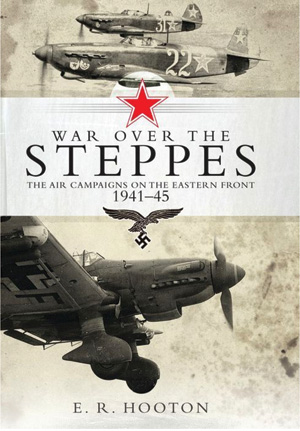 War Over the Steppes: The Air Campaigns on the Eastern Front 1941-45 (E.R. Hooten, Osprey Publishing, Oxford, UK, 2017, 288 pp., photographs, notes, bibliography, index, $30.00, hardcover)
War Over the Steppes: The Air Campaigns on the Eastern Front 1941-45 (E.R. Hooten, Osprey Publishing, Oxford, UK, 2017, 288 pp., photographs, notes, bibliography, index, $30.00, hardcover)
Air combat in World War II usually stirs images of Spitfires and Messerschmitts over England, Hellcats and Zeros over the Pacific, and massive Anglo-American bomber raids over Germany. The Eastern Front is rarely thought of, but it boasted some of the largest air battles and campaigns of the war. Enormous numbers of aircraft vied for control of the skies over the Soviet Union, including domestic German and Soviet designs along with thousands of Lend-Lease planes from the United States and Great Britain. Conditions were brutal, with the weather taking a huge toll upon both men and machines. Combat was unforgiving, a target-rich environment in the air and on the ground with high casualty figures, numbers that nevertheless represented human lives lost and broken. Some pilots achieved hundreds of kills over the steppes, many in the early days before the Red Air Force rebounded and became a flying juggernaut.
The story of the Eastern Front’s air war is told here primarily from the perspective of the strategists who ran it and the commanders who ordered and led pilots into combat. Space is also given to the pilots and aircrew, whose experiences are both thrilling and horrifying. The author is an expert in military aviation history, and this expertise shows through in the solid prose. He deftly shows how the fighting on the ground was influenced by the struggle in the skies overhead.
The White Sniper Simo Hayha: The Deadliest Sniper in History (Tapio A.M. Saarelainen, Casemate Publishing, Havertown, PA, 2016, 192pp., maps, photographs, appendices, bibliography, $32.95, hardcover)
When he was 17 years old, Simo Hayha joined the Civil Guard, Finland’s reserve military force. There he refined his skill with a rifle to a high level, winning numerous competitions not only with his M-1891 rifle, but also with the Suomi submachine gun and the light machine gun. When the Russo-Finnish War began at the end of 1939, his shooting skills quickly brought him assignment as a sniper. On one occasion he was sent out to find a Soviet sniper who had killed three platoon leaders and an NCO. Simo found a hide position and waited. At dusk, he spotted a faint flicker; the setting sun was reflecting off the enemy marksman’s scope. Suddenly, the Russian stood up as though his work day was over. It was a careless move, and it cost him. Simo took careful aim and fired, sending a 7.62mm bullet through the man’s cheek. By the end of the war, he had killed 542 enemy soldiers using only iron sights. He was promoted from corporal to lieutenant, becoming a national hero.
The author spent two decades training snipers in the Finnish Army and helping create their sniper training manual. He conducted extensive research on Simo, including his character and training techniques. The famed sniper’s rifle is also given attention. A quartet of appendices provides extensive background information that nicely rounds out the story.
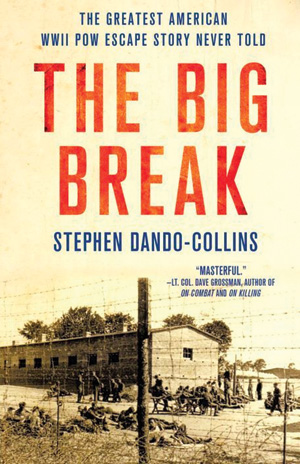 The Big Break: The Greatest American WWII POW Escape Story Ever Told (Stephen Dando-Collins, St. Martin’s Press, New York, 2017, 252 pp., maps, photographs, notes, bibliography, index, $27.99, hardcover)
The Big Break: The Greatest American WWII POW Escape Story Ever Told (Stephen Dando-Collins, St. Martin’s Press, New York, 2017, 252 pp., maps, photographs, notes, bibliography, index, $27.99, hardcover)
In 1943, a Canadian and an American prisoner of war dug an escape tunnel through the latrine of the German prisoner camp at Schubin, Poland, enabling 36 men to escape. Afterward the camp was remade into Oflag 64, designed to hold only American officers; more than 1,500 Yanks would eventually be held there. Then, in 1945, the Red Army neared the camp so the Nazi commander ordered the prisoners marched west, away from liberation. Even so, 250 Americans got away to find the approaching Soviets. The rest of the prisoners went west into more captivity. Some wound up in another Oflag in Hammelburg, east of Aschaffenburg on the Main River at the edge of Bavaria. There, they were held with George Patton’s son-in-law, Lt. Col. John Waters, captured in Tunisia. When Patton’s Third Army neared the area at the end of March 1945, he launched a rescue mission that went deep behind the German lines and managed to arrive at the camp. The mission ultimately failed, too small and too far from support. The remaining Schubin men would wait for their salvation a little longer.
The stories of Schubin and Hammelburg are told together in this new and well-written narrative. The tale of the failed rescue mission has been written before, but the author reveals the account of the POWs before the ill-fated raid, adding a new level of detail to the saga. It has been compared to The Great Escape for its drama and ability to enthrall readers.
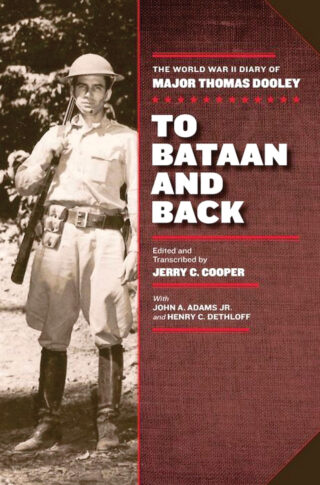 To Bataan and Back: The World War II Diary of Major Thomas Dooley (Edited and transcribed by Jerry C. Cooper, Texas A&M University Press, College Station, 2017, 238 pp., photographs, appendices, bibliography, index, $30.00, hardcover)
To Bataan and Back: The World War II Diary of Major Thomas Dooley (Edited and transcribed by Jerry C. Cooper, Texas A&M University Press, College Station, 2017, 238 pp., photographs, appendices, bibliography, index, $30.00, hardcover)
The end of the Filipino-American army on Bataan and Corregidor was a desperate time of depravation, combat, and hardship. Major Tom Dooley bore witness to it all, both as a participant and a recorder. He saw artillery barrages, air attacks, and tanks destroyed by land mines. Dooley also had to watch hungry men struggle to continue and walked through fields strewn with the dead. He was an aide to General Jonathan Wainwright, commander of the American and Filipino troops after General Douglas MacArthur left for Australia. Dooley was a graduate of Texas A&M University, which has a ceremony of remembrance of the fallen, called the Muster. In April 1942, as the American surrender neared, he held a “roll call” with the other 26 A&M graduates on Corregidor. A journalist learned of this and wrote an article that was widely published at the time. Dooley had a unique view of the fighting, one he wrote down in a series of journals he kept even in captivity after the surrender.
These journals have been compiled into this new work published by Dooley’s alma mater. It sheds new light on a dark time for the United States, showing the resilience of its soldiers under adversity. Well illustrated, the book also includes a number of informative appendices that round out the subject’s story.
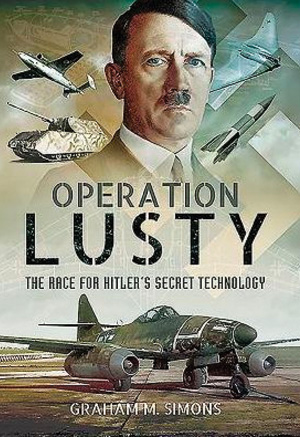 Operation Lusty: The Race for Hitler’s Secret Technology (Graham M. Simons, Pen and Sword Books, South Yorkshire, UK, 2016, 272 pp., maps, photographs, bibliography, index, $39.95, hardcover)
Operation Lusty: The Race for Hitler’s Secret Technology (Graham M. Simons, Pen and Sword Books, South Yorkshire, UK, 2016, 272 pp., maps, photographs, bibliography, index, $39.95, hardcover)
In the dying days of the Third Reich, the Allies were eager to capture as much Nazi technology as they could. German scientists had labored extensively during the war, and their efforts had borne fruit. Jet aircraft, rockets, and guided missiles were among the wonder weapons devised to save the Reich, though in the end they were thankfully not enough. Operation Lusty (Luftwaffe Secret Technology) was part of the Anglo-American collection mission, and it resulted in thousands of pages of technical reports, evaluations of captured items, and transcripts of interviews with captured and surrendered Germans. Volumes of photographs accompanied these papers, and the data proved vitally useful in the early years of the Cold War.
The author has painstakingly reviewed and compiled the declassified documentation related to Operation Lusty and presented it neatly within this book. It is thoroughly detailed and full of original photographs. Also included is a section on the same efforts in Japan.
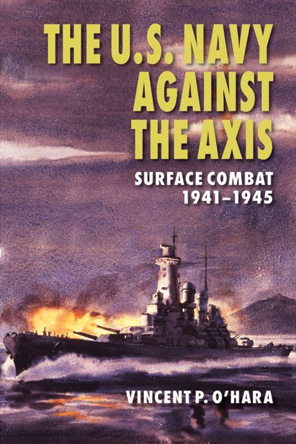 The U.S. Navy Against the Axis: Surface Combat 1941-45 (Vincent P. O’Hara, Naval Institute Press, Annapolis, MD, 2017, 364 pp., maps, photographs, appendices, notes, bibliography, index, $36.95, softcover)
The U.S. Navy Against the Axis: Surface Combat 1941-45 (Vincent P. O’Hara, Naval Institute Press, Annapolis, MD, 2017, 364 pp., maps, photographs, appendices, notes, bibliography, index, $36.95, softcover)
On August 15, 1944, the U.S. destroyer Somers was patrolling on the left flank of the Allied invasion force scheduled to begin landing that morning on the coast of southern France, known as Operation Anvil. At 0347, two small blips appeared on the ship’s radar screen, and soon it appeared their course would bring them within range of the fleet’s transports. Somers hailed the ships, but they did not answer. At 0440, the destroyer’s captain, W.C. Hughes, gave the order to open fire. From 4,750 yards, the two contacts were pelted by 270 rounds of cannon fire. The decision was soon justified; the ships were both German gun or torpedo boats, one a former Italian corvette and the other a captured French vessel. The French-built ship was left ablaze after the American ship’s first accurate salvos. The Italian corvette was quickly chased down and left dead in the water by 0520. It sank two hours later. The Somers’ crew had acted quickly and decisively, eliminating a threat to the fleet.
The naval aspect of World War II is often seen as a carrier war, but there is more to the story. In this book a prominent naval historian makes the case that battleships and other surface vessels played just as important a role in defeating the Axis powers. While the battleship was no longer primary among warships, it still played a part no other ships could have, battling surface ships and lending the weight of its firepower to shore bombardment. The book also pays attention to the roles of cruisers, destroyers, and even smaller craft.
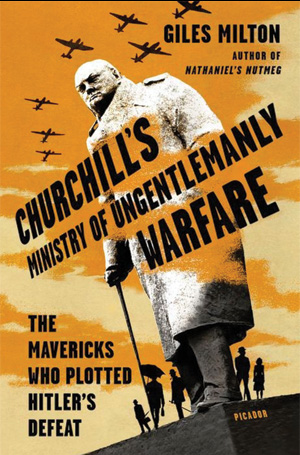 Churchill’s Ministry of Ungentlemanly Warfare: The Mavericks Who Plotted Hitler’s Defeat (Giles Milton, Picador Books, New York, 2016, 356 pp., photographs, notes, bibliography index, $28.00, hardcover)
Churchill’s Ministry of Ungentlemanly Warfare: The Mavericks Who Plotted Hitler’s Defeat (Giles Milton, Picador Books, New York, 2016, 356 pp., photographs, notes, bibliography index, $28.00, hardcover)
In the spring of 1939, as war loomed ever closer in Europe, Joan Bright stood at the St. James’ Park Underground Station in London. She came to the city seeking work as a secretary. She had experience and was known for her discretion and efficiency. A trusted friend cryptically told her he could get her a job; she had only to go to the station on a certain day wearing a pink carnation. She thought it might be a prank, but after arriving a woman introduced herself and bade Joan come with her to a brick building in the distance. The route there was roundabout, diverting down alleys and backstreets as though the woman did not want to be followed. Once there, she was brought before a colonel named Chidson, who merely gave her a piece of paper to sign. As she did so, Joan realized she was signing the Official Secrets Act. She had no idea at the time, but she had just joined what would become the Ministry of Ungentlemanly Warfare.
This was Winston Churchill’s pet name for the organization charged with combating the Third Reich through acts of sabotage, assassination, and guerrilla warfare. Men such as engineer Cecil Clarke, who built bombs, paired with others like Eric Sykes and William Fairbairn, experts on killing techniques, from across the globe. This fascinating book lays out the ways in which these men and others took the fight to the Nazis in unconventional ways.
 Finding Phil: Lost in War and Silence (Paul Levy, Bauhan Publishing, Petersborough, NH, 2016, maps, photographs, notes, bibliography, index, $22.95, softcover)
Finding Phil: Lost in War and Silence (Paul Levy, Bauhan Publishing, Petersborough, NH, 2016, maps, photographs, notes, bibliography, index, $22.95, softcover)
Lieutenant Phil Levy led a platoon of tanks in the 191st Tank Battalion in 1944-1945. That unit spent much of its service attached to the 45th Infantry Division, the famed “Thunderbirds.” In January 1945, the unit was fighting in the Vosges Mountains, struggling against Nazi SS mountain troops and other units trying desperately to stop the American advance. German counterattacks were frequent and aggressive, and the combat took its toll on both sides in the frigid winter landscape. It was here, on January 7, 1945, that Levy died in action.
Most of the World War II veterans who survived such actions are gone now through the passing of time. In some cases their descendants carry on the effort to document and understand what they endured. The author of this work is Lieutenant Levy’s nephew, who was only a year old when his uncle died. The family had no real idea of what happened; details were lost in both distance and time. The author’s deep research sheds light on the events, telling a tale that not only informs his family but holds true for any student of the war.
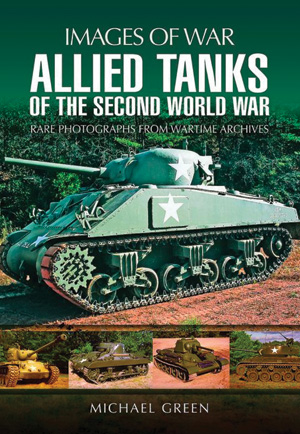 Allied Tanks of the Second World War: Rare Photographs from Wartime Archives (Michael Green, Pen and Sword, South Yorkshire, UK, 2017, 208 pp., photographs, $24.95, softcover)
Allied Tanks of the Second World War: Rare Photographs from Wartime Archives (Michael Green, Pen and Sword, South Yorkshire, UK, 2017, 208 pp., photographs, $24.95, softcover)
A trio of Soviet T-34/85 tanks rumbles down a rubble-strewn street in an Eastern European city. A USMC M-4A3 Sherman sits nearly vertical in the wreckage of a bridge that collapsed beneath it. A destroyed French H-35 sits among the bodies of French soldiers in the summer of 1940. A squad of reenactors crowd around the turret of a fully restored M-24 Chaffee owned by a private collector. A rusting M-26 Pershing, rescued from a U.S. Air Force target range, sits in a field awaiting its turn at restoration. A freshly painted Matilda Mark II sits outside the British Army Tank Museum at Bovington, ready to be displayed at the museum’s annual “Tankfest” celebration, where still-operational classic tanks are paraded in front of crowds of enthusiasts.
This photo book blends images of World War II tanks from the span of the war. Some photos are from the war, showing the vehicles in service in a number of situations. Other pictures show still existing examples. Some are in museums, lovingly cared for and on display, while others sit rusting in fields and lots awaiting either restoration or the eventual ravages of time. A few are in the hands of private collectors, who fix them up to appear as they did when they rolled off the factory floor. Overall, the volume is an interesting combination of old and new imagery detailing both common and rare tank designs.
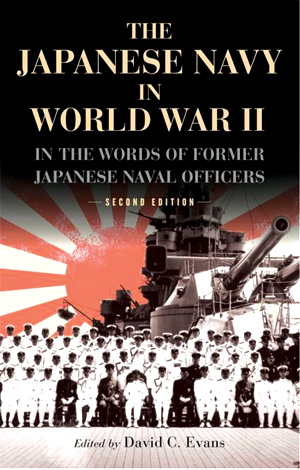 New and Noteworthy
New and Noteworthy
The Japanese Navy in World War II: In the Words of Former Japanese Naval Officers (Edited by David C. Evans, Naval Institute Press, 2017, $34.95, softcover) This is a reprint of a classic book collecting the essays of various Japanese officers about their war perspectives. Most were written in the 1950s when their memories were still fresh.
Hitler’s Atlantic Wall: From Southern France to Northern Norway, Yesterday and Today (George Forty, Leo Marriott, and Simon Forty, Casemate Publishers, 2016, $29.95, hardcover) This photo book compares “then and now” images of Germany’s coastal defenses. It also contains many maps, diagrams, and charts showing how these defenses were organized.
Battleships Yamato and Musashi: Anatomy of the Ship (Janusz Skulski and Stefan Draminski, Conway Books, 2017, $60.00, hardcover) A complete history of the world’s largest battleships. It is full of rare photos, technical drawings, and operational history.
My War in Italy: On the Ground and in Flight with the 15th Air Force (Keith W. Mason, University of Missouri Press, 2016, $32.95, hardcover) An autobiography of a squadron operations officer in Southern Europe. It is full of the small details of military life and many interesting anecdotes.
The Rise of Germany 1939-1941: The War in the West (James Holland, Grove Press, 2016, $20.00, softcover) This book closely examines Germany in the first years of the war. Battlefield actions and economic and social factors are all given attention.
 The Mosquito Pocket Manual: All Marks in Service 1941-1945 (Martin Robson, Bloomsbury, 2016, $15.00, hardcover) This compact volume covers the service history and technical details of the famous British multi-role combat plane, which operated as a fighter, bomber, and reconnaissance aircraft.
The Mosquito Pocket Manual: All Marks in Service 1941-1945 (Martin Robson, Bloomsbury, 2016, $15.00, hardcover) This compact volume covers the service history and technical details of the famous British multi-role combat plane, which operated as a fighter, bomber, and reconnaissance aircraft.
1924: The Year that Made Hitler (Peter Ross Range, Back Bay Books, 2016, $17.99, softcover) Hitler spent 1924 in prison. This book explores in detail how the experience affected the man in his later life.
A Matter of Honor Pearl Harbor: Betrayal, Blame and a Family’s Quest for Justice (Anthony Summers and Robbyn Swan, Harper Books, 2016, $35.00, hardcover) Admiral Husband Kimmel was disgraced after the Pearl Harbor attack. This book outlines the effort of Kimmel and his descendants to clear his name.
The Lost Airman: A True Story of Escape from Nazi-Occupied France (Seth Meyerowitz, Berkeley Caliber, 2016, $27.00, hardcover) The author’s grandfather was a B-17 turret gunner shot down in Europe. His book chronicles his amazing journey of escape.
Accidental Agent: Behind Enemy Lines with the French Resistance (John Goldsmith, Pen and Sword Books, 2016, $39.95, hardcover) The subject of this book began his service as a driving instructor but soon entered the Special Operations Executive, conducting operations with the French Maquis organization.
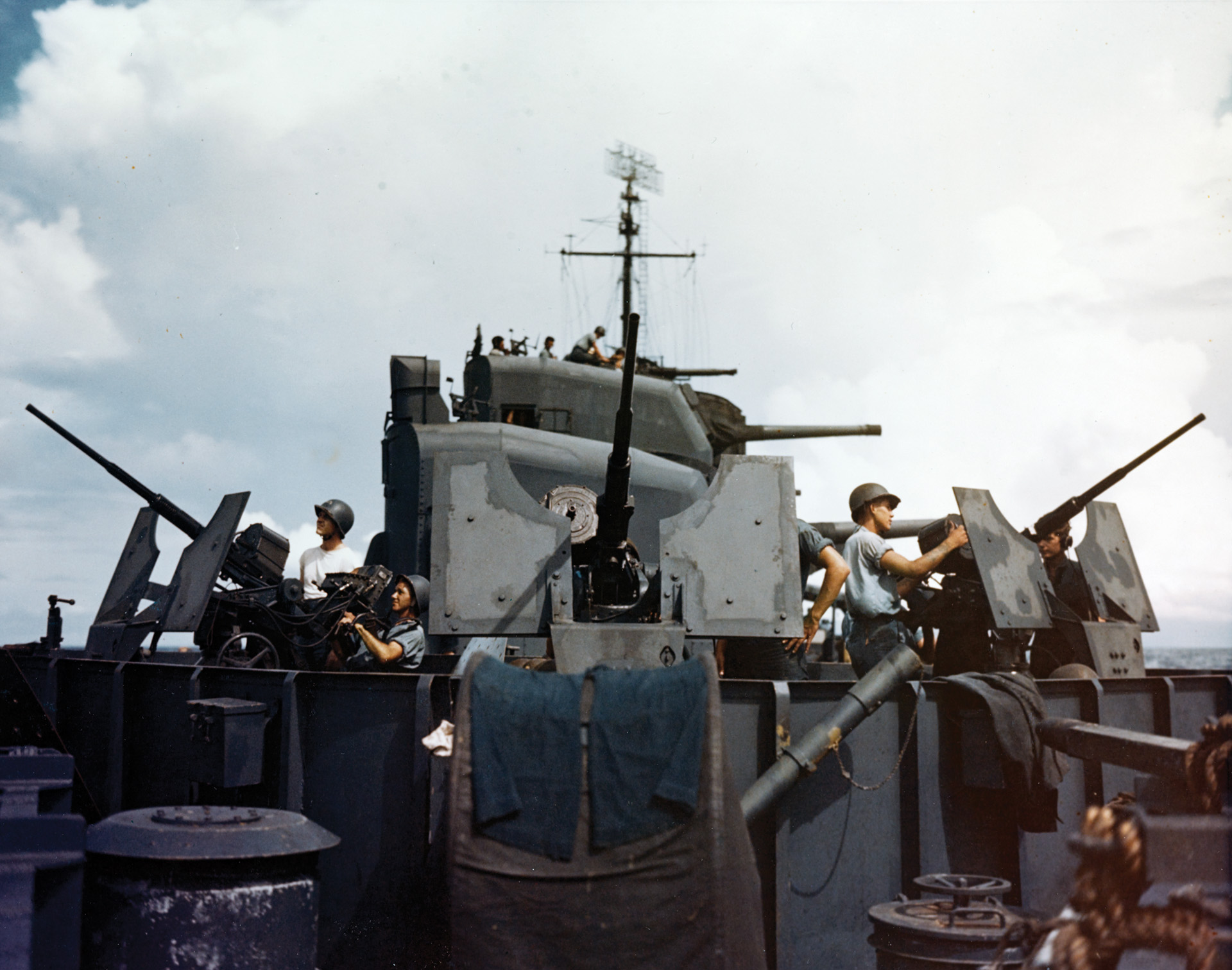
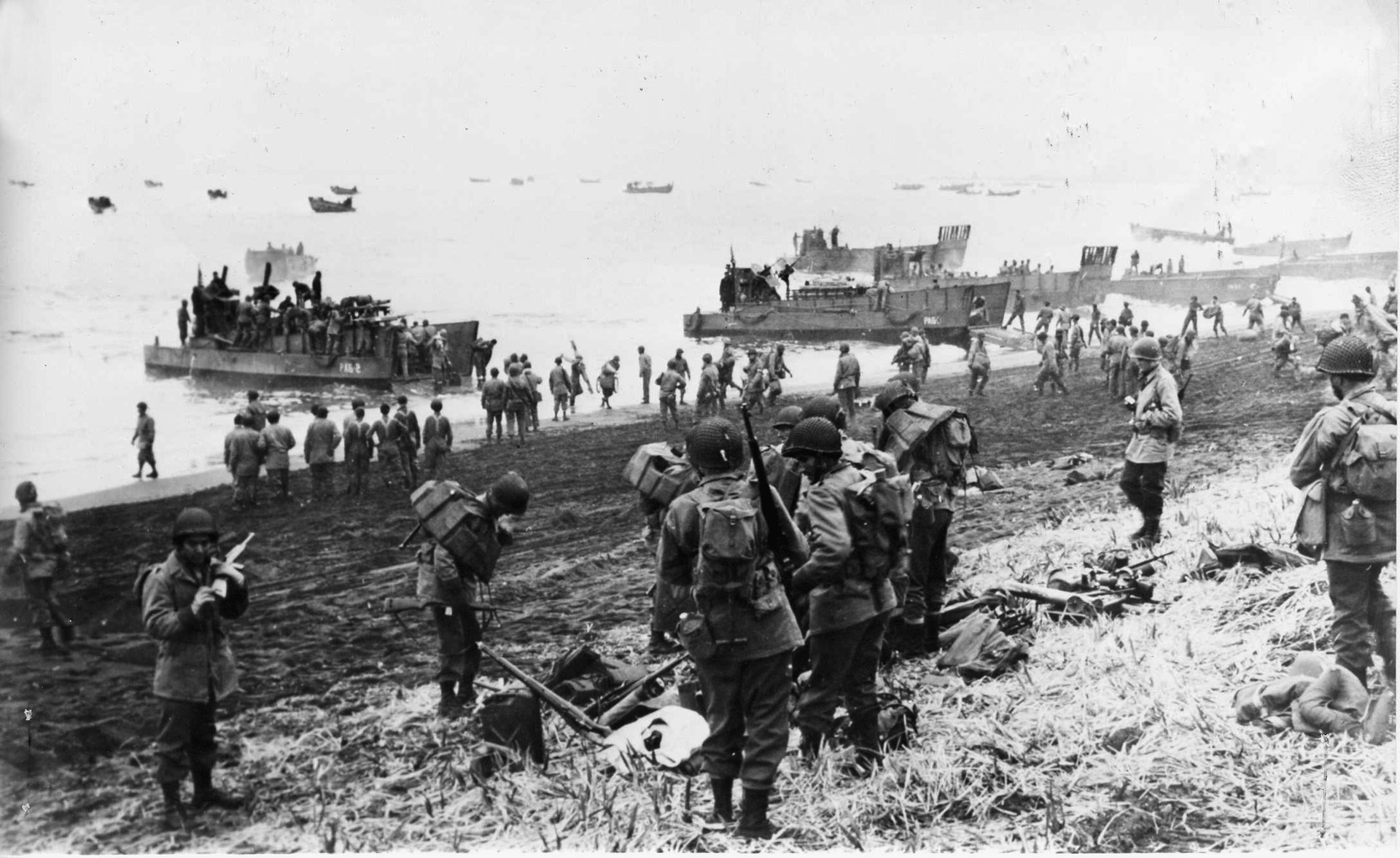
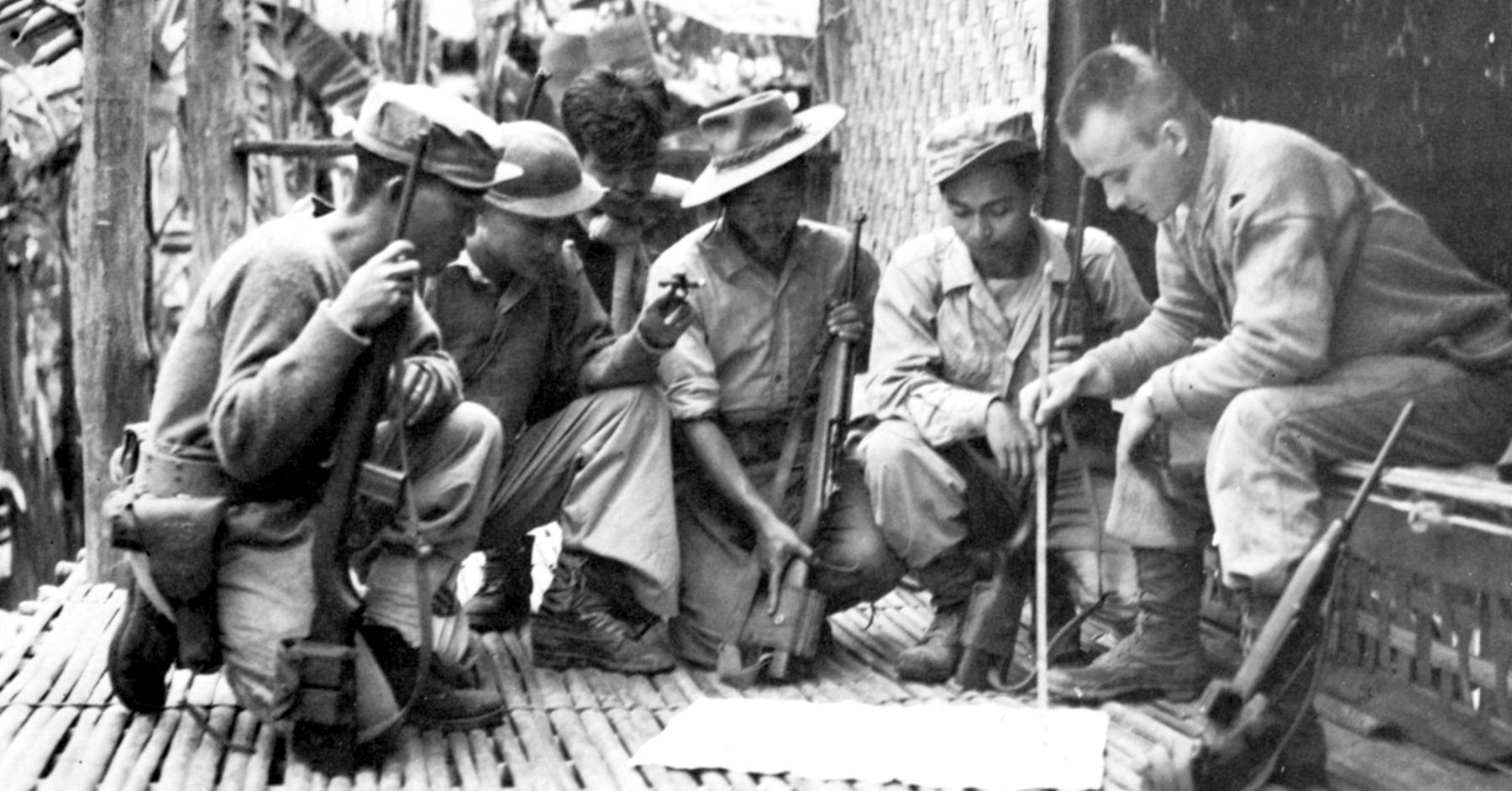
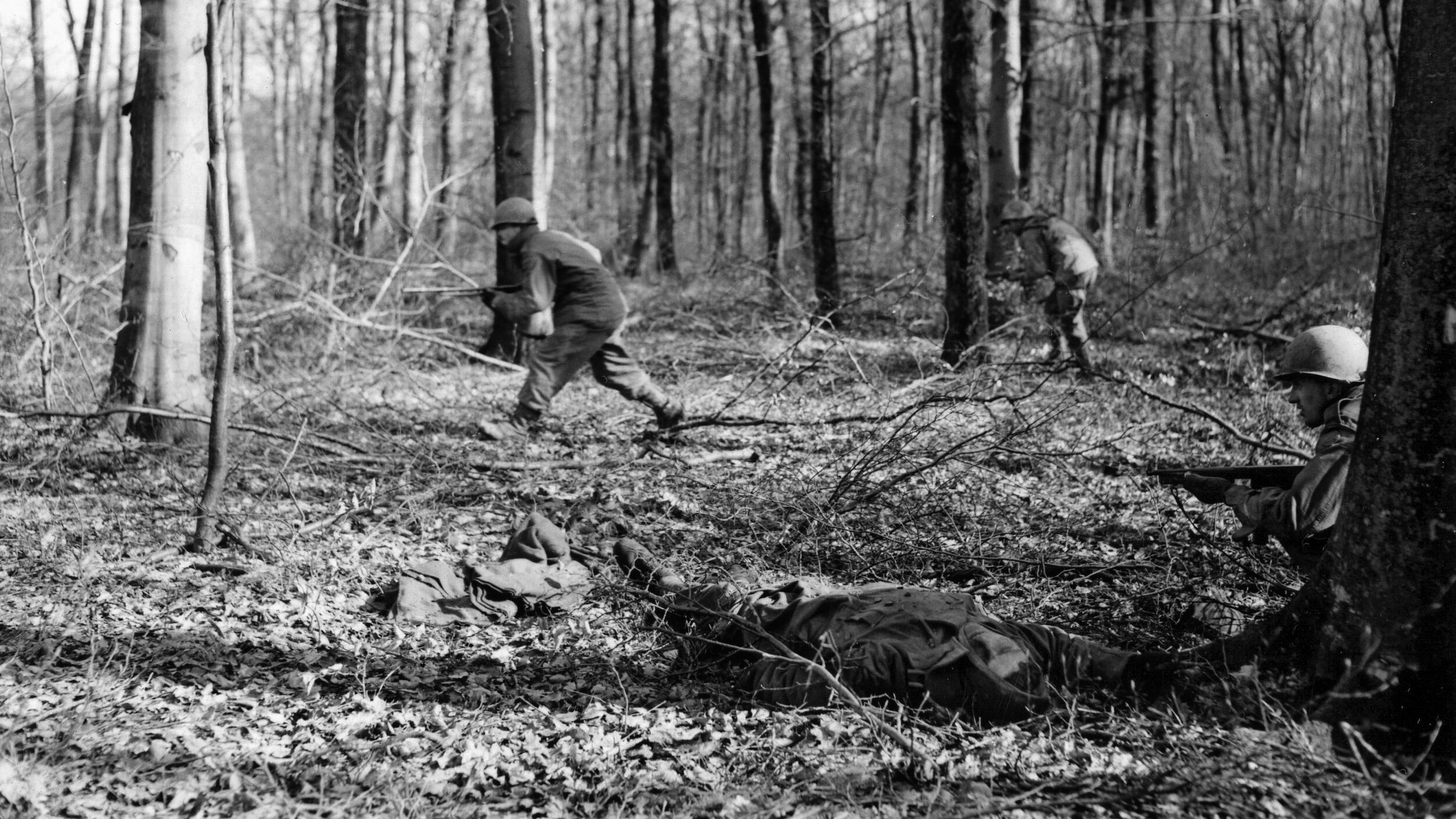
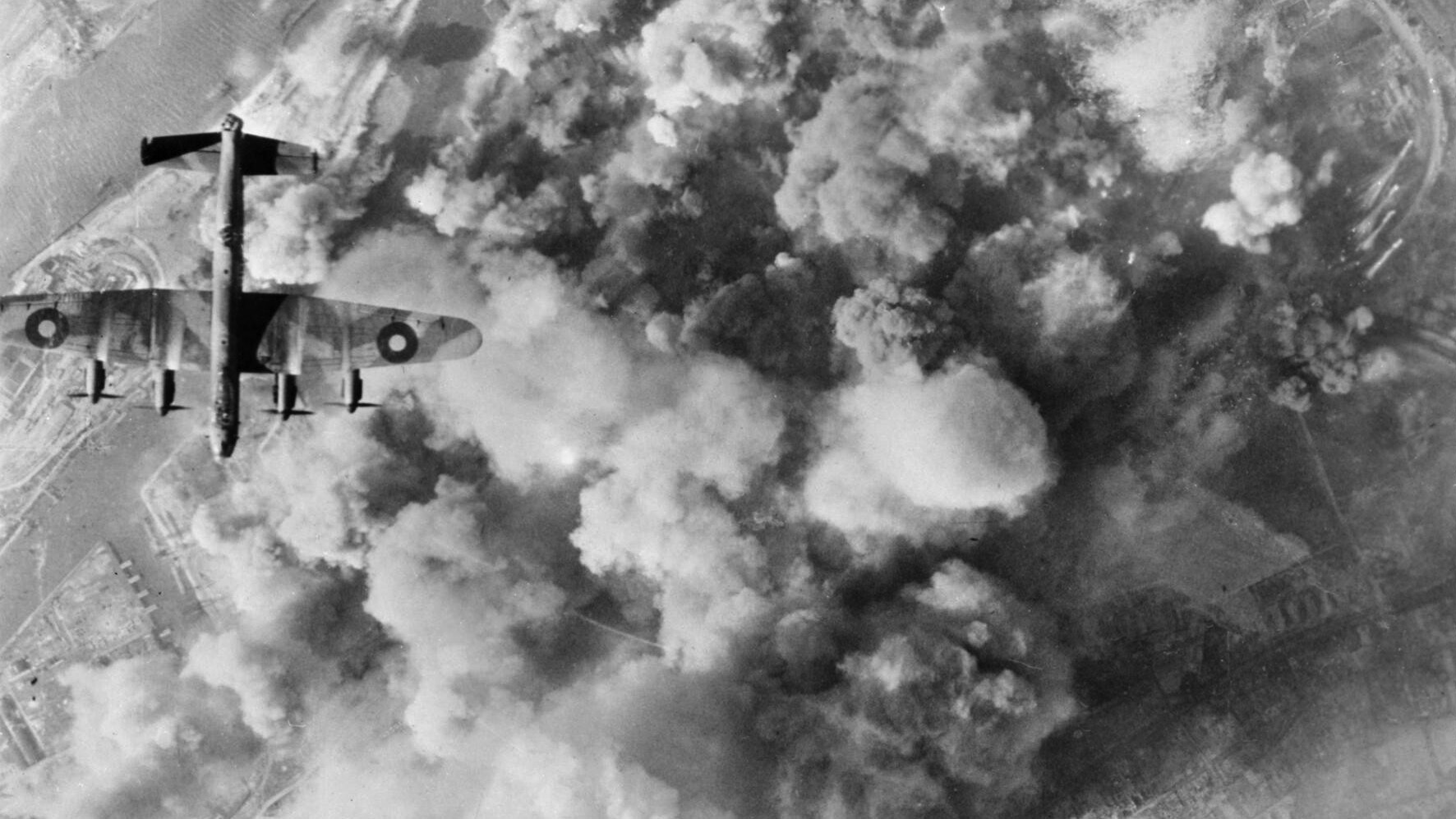
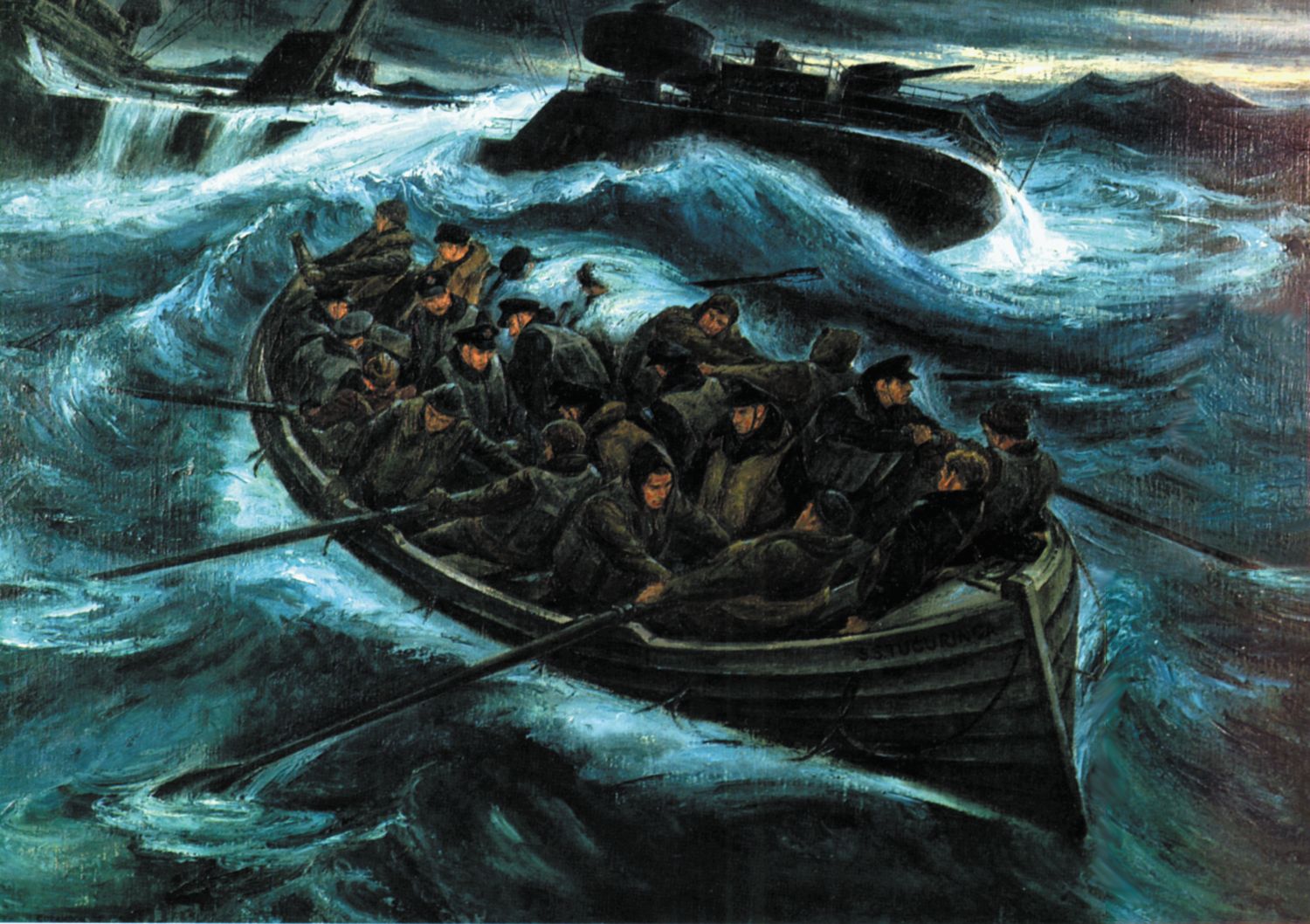
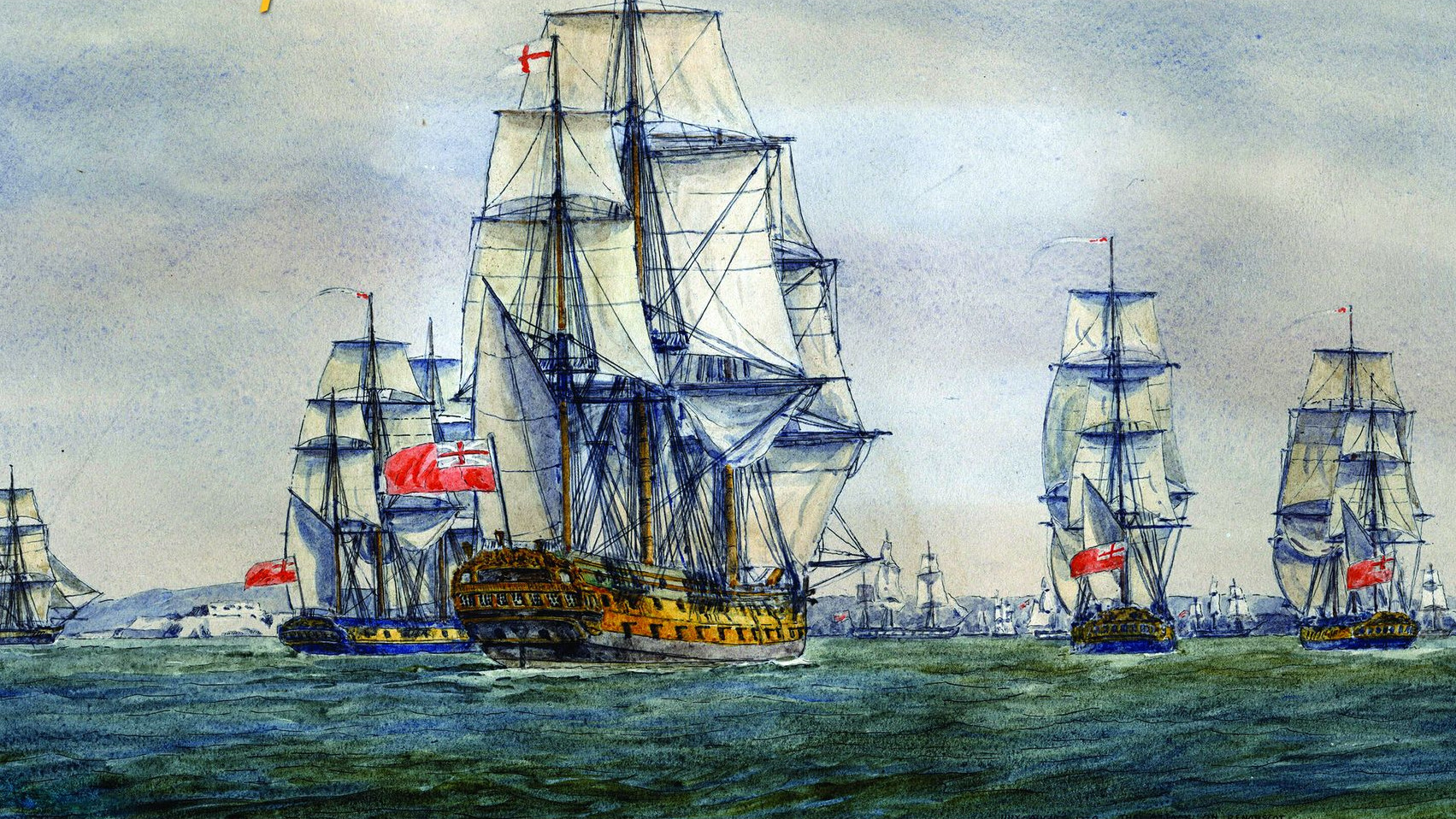
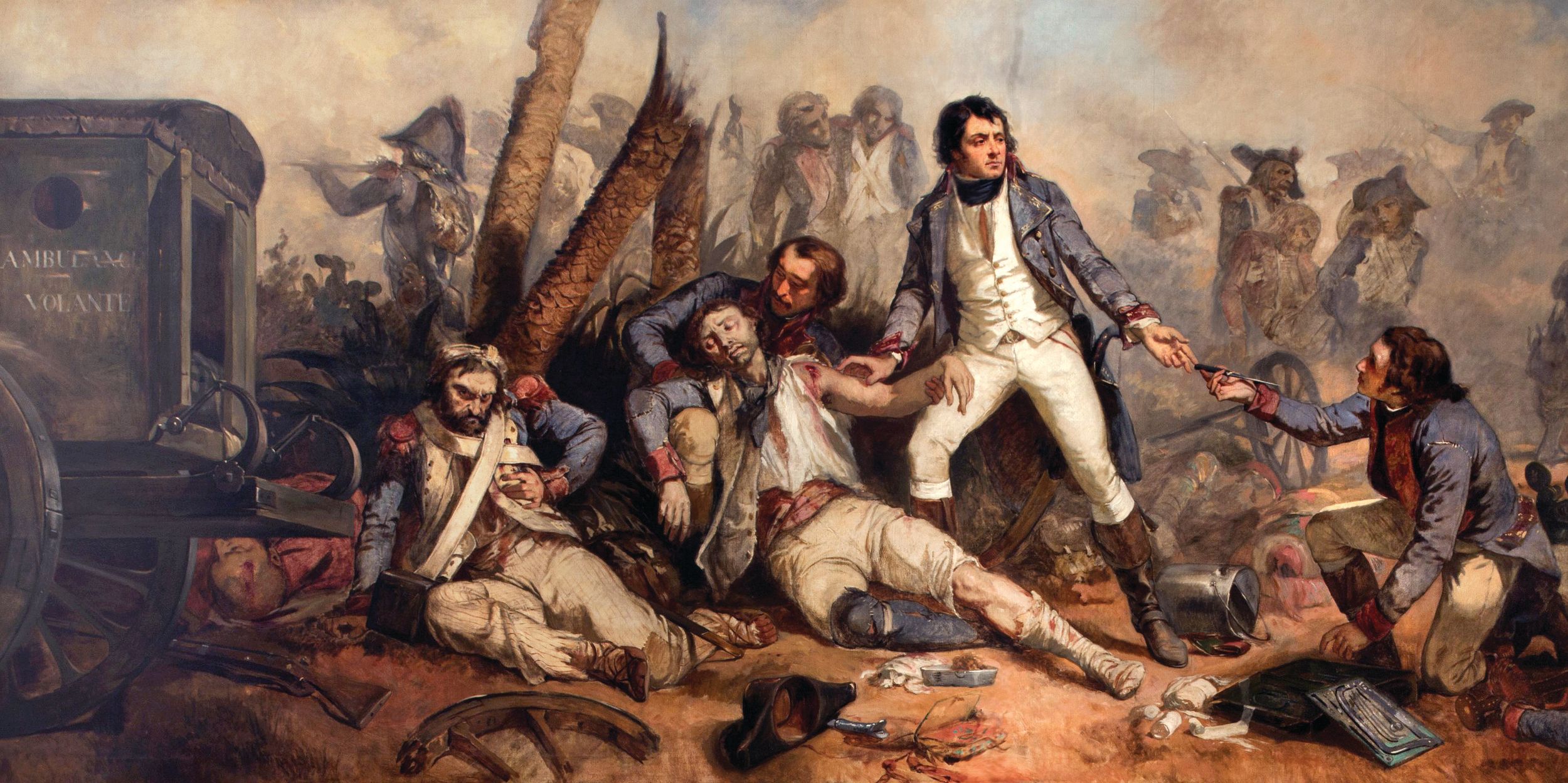
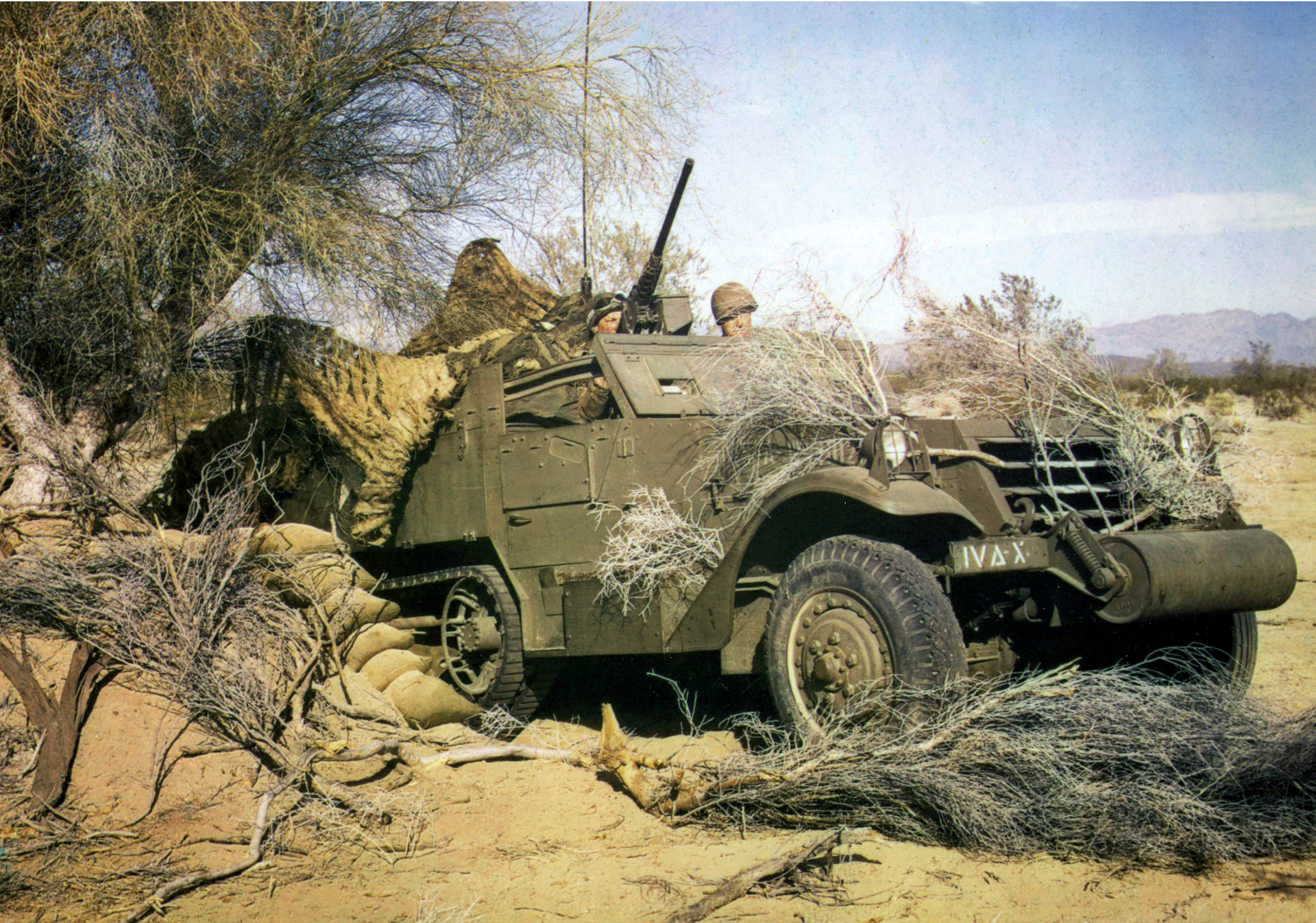
Join The Conversation
Comments
View All Comments